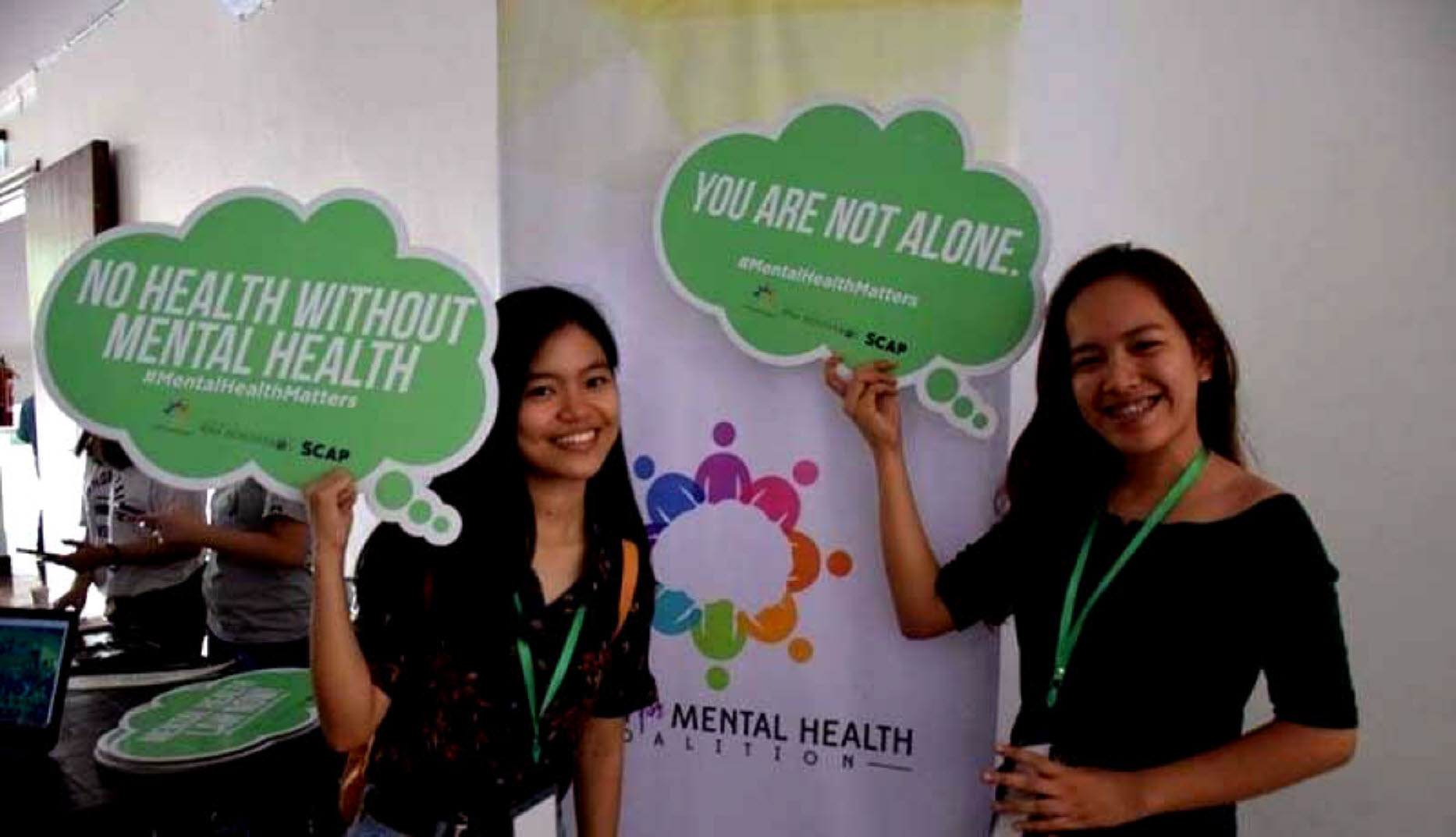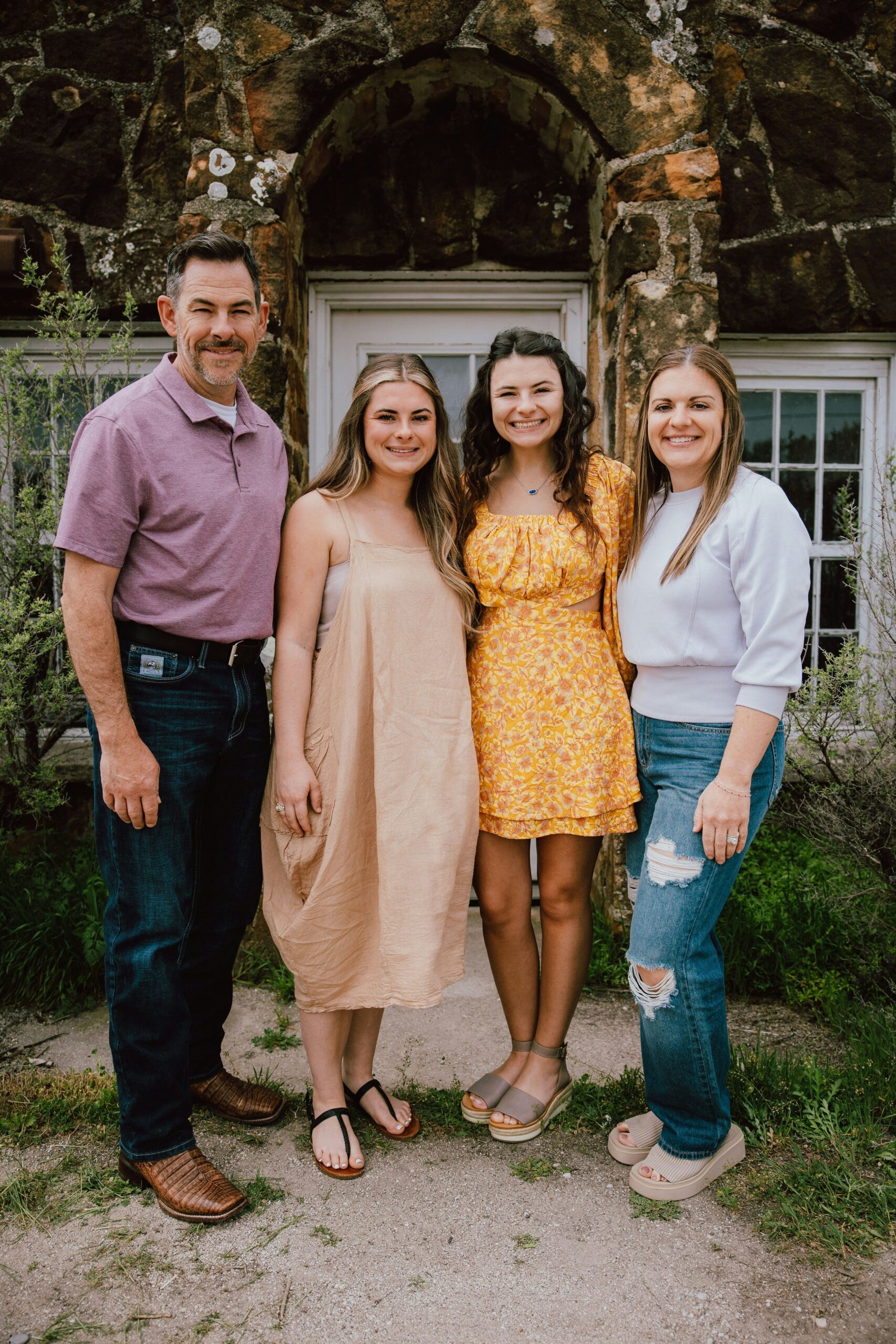
Two major reports on #mentalhealth and #suicide released this week suggest two very different solutions to preventing suicides.
One, from the House of Representatives Select Committee on #MentalHealth and #SuicidePrevention, recommends putting more resources into the #mentalhealth workforce. This includes recruiting and training more #healthprofessionals.
This might sound commendable, but I argue the evidence shows this is unlikely to work.
The other report, from the Australian Institute of Health and Welfare (AIHW) released today, provides the latest data on #suicide and self-harm. This report makes no recommendations about preventing #suicide. However, it identifies #childabuse and neglect as a major modifiable risk factor for #suicide right across the lifespan.
This approach to preventing #suicide, involving removing the underlying causes, has more evidence to back it. Yet this was barely mentioned in the select committee report.
Read more: We asked 9,000 Australians about their #mentalhealth needs post-#COVID — this is what they want
#JamesDonaldson notes:
Welcome to the “next chapter” of my life… being a voice and an advocate for #mentalhealthawarenessandsuicideprevention, especially pertaining to our younger generation of students and student-athletes.
Getting men to speak up and reach out for help and assistance is one of my passions. Us men need to not suffer in silence or drown our sorrows in alcohol, hang out at bars and strip joints, or get involved with drug use.
Having gone through a recent bout of #depression and #suicidalthoughts myself, I realize now, that I can make a huge difference in the lives of so many by sharing my story, and by sharing various resources I come across as I work in this space. #http://bit.ly/JamesMentalHealthArticle
More health workers unlikely to reduce #suicide
In my own submission to the select committee report, I argued increasing treatment resources is unlikely to reduce rates of #suicide.
Over the past 15 years or so, Australia has substantially increased spending on #mentalhealthservices and expanded the #mentalhealth workforce considerably.
However, the #suicide rate has been trending upward over this period. The AIHW report noted that between 2003 and 2019, the loss of life due to #suicide increased by 13%.
It could be argued #suicide would have risen even more over this period without the increase in services or the increase in services has not been sufficient to meet demand.
However, an examination of long-term #suicide trends in Australia over three decades show no evidence various implemented service innovations and #mentalhealth policies have had any impact.

While it might be expected treating #mentalhealthproblems with talk therapy or medication would reduce #suicide deaths, there is very little evidence from randomised trials to support a reduction in #suicide as a result of treatment.
A major limitation of any attempt to reduce #suicide is that suicidal feelings often arise relatively quickly in response to overwhelming events. These include relationship breakdown, loss of a job, financial crisis or trouble with the law.
Suicidal actions can also be impulsive. This may be particularly the case for #males and is more likely when the person has been using #alcohol. In such circumstances, if a #mentalhealthprofessional was present, they may be able to support the person and prevent a #suicide.
However, in practice, it is unlikely a professional will be present when a crisis occurs. This is why it is important everyone in the community has basic #suicide prevention skills, as they may be in the best position to provide support on the spot.
Read more: How to ask someone you’re worried about if they’re thinking of #suicide
Could preventing #childabuse and neglect work?
The AIHW estimates #child abuse and neglect account for around a third of the burden of #suicide and self-harm in #females and around a quarter in #males. “Burden” refers to the combined effects of #suicide and self-harm on years of life lost and disability.
However, this is only a theoretical calculation based on what would occur if #childabuse and neglect could be eliminated. The AIHW report does not suggest how Australia could go about reducing, let alone eliminating, this risk factor.
Read more: Complex trauma: how abuse and neglect can have life-long effects
Reducing #childabuse and neglect sounds like a difficult task and any benefits for #suicideprevention would take decades to see.
However, there is evidence it is possible to reduce this and other #childhoodadversities that increase risk for #suicide.
The Centre for Research Excellence in #ChildhoodAdversity and #MentalHealth, with which I am affiliated, has reviewed the international evidence.
We found high-quality evidence for a number of interventions to reduce these adversities or lessen their impact on #children.

To find out which interventions would best suit Australia’s needs, we convened a panel of experts and sought their consensus on national priorities.
The experts’ recommendations included:
- training programs to improve the quality of parenting
- home visiting programs where a #nurse visits at-risk families with young #children
- #school programs to prevent bullying
- psychological therapies for #children exposed to trauma.
These programs can work in various ways to protect #children. These include improving the capacity of #parents to care for themselves and their #children, reducing adverse events such as bullying, and reducing the impact of adversities once they have occurred.
Read more: Treating a child’s #mentalillness sometimes means getting the whole family involved
Where to next for #suicideprevention?
On the surface, training more #mentalhealthprofessionals and providing more services seems a plausible approach to preventing #suicide that is relatively easy to implement. However, the evidence does not support this actually works.
There is no one approach of achieving a lasting reduction in #suicide in Australia. The causes of #suicide are complex and require a multi-pronged solution.
However, reducing #childhoodadversities is part of the solution that has been neglected. Australia needs to give it greater priority.

James Donaldson is a Washington State University graduate (’79). After an outstanding basketball career with WSU, he went on to play professional basketball in the NBA with the Seattle Supersonics, San Diego/L.A. Clippers, Dallas Mavericks, New York Knicks, and Utah Jazz. He also played for several teams in the European Leagues in Spain, Italy, and Greece, and he toured with The Harlem Globetrotters to wrap up his career. James was an NBA All-Star in 1988 while playing center for the Dallas Mavericks. In 2006, James was inducted into the Pac-10 Sports Hall of Fame and also the Washington State University Athletic Hall of Fame. In 2010, James was elected as a board member for the NBA Retired Players Association.
James frequently conducts speaking engagements (motivational, inspirational, educational) for organizations, schools, and youth groups.
In 2010, James was the recipient of the NBA Legends of Basketball ABC Award, awarded for outstanding contributions in Athletics–Business–Community.
He believes in being a role model for success and professionalism to the scores of young people to whom he devotes so much of his time. He currently serves on several boards and committees and is a member of many organizations.
James believes in developing relationships that create a “Win-Win” environment for everyone involved, and in being the best he can be!
For more information about James Donaldson or to request he speak at your event, contact him at:
www.StandingAboveTheCrowd.com
JamesD@StandingAboveTheCrowd.com
1-800-745-3161 (voicemail & fax)
James Donaldson is the author of “Standing Above The Crowd” and “Celebrating Your Gift of Life” and founder of the Your Gift of Life Foundation which focuses on mental health awareness and suicide prevention, especially pertaining to our school aged children and men.
If you’re interested in having James come and speak to your group of young adults, business entrepreneurs, aspiring political and community leaders, and athletic teams, please contact him at jamesd@yourgiftoflife.org and or leave a personal message for him at 1-800-745-3161. Keep up with him and read about how he is reaching out and making a difference in the lives of so many around the world at www.yourgiftoflife.org



